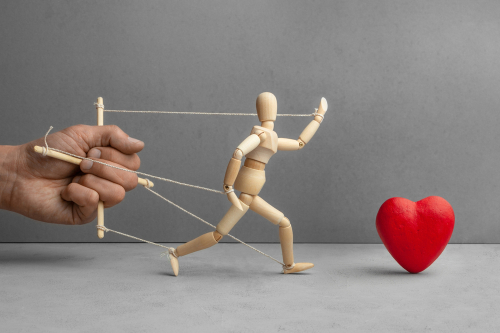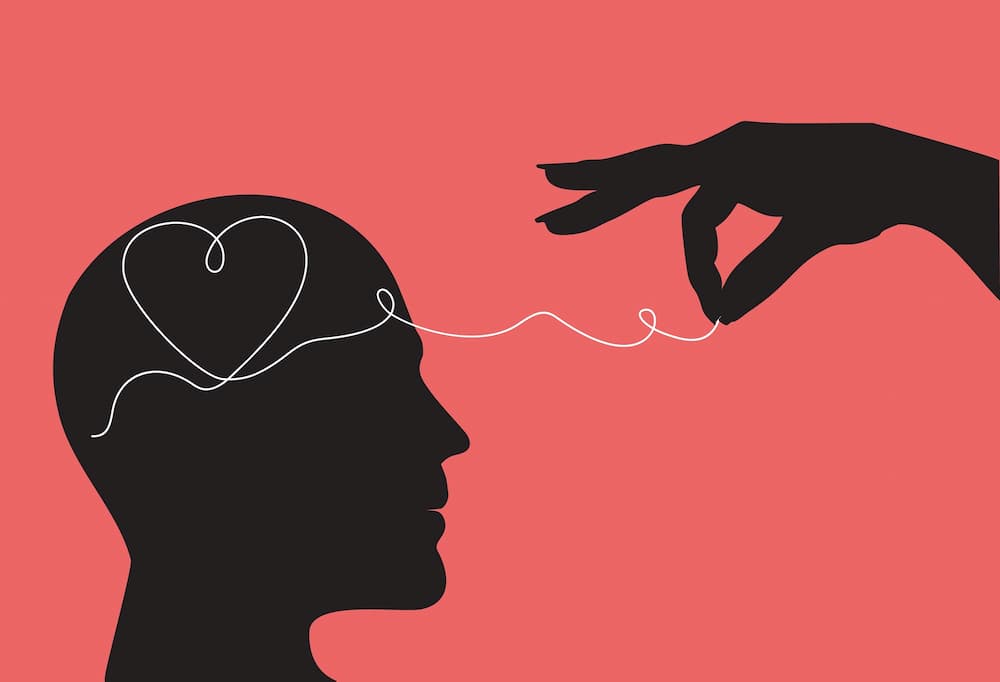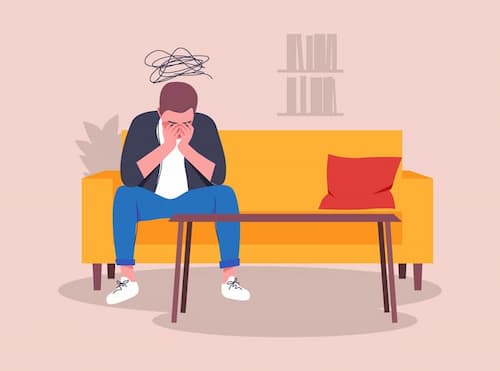Love simply happens. It can catch up to us in the most precarious of situations, in the most unexpected of places, and at the most inconvenient of times. However, when it does, there are no two ways of going about it:
Love simply happens. We get caught off guard by a sudden spark promising a deep, passionate fire within. We get thrown off balance by a ripple promising a tidal wave. We get dizzy by fluttering, promising a kaleidoscope of butterflies, each more beautiful than the other.
Love simply happens. When it does, it is enchanting, confusing, exhilarating, soothing, intriguing, and mysterious – all at the same time. Love can be many things and take many forms; what it isn’t and cannot be is cold, calculating, and misleading.
Love bombing doesn’t simply happen. Unlike genuine affection, love bomb definition is that it is well thought out and has a clear-cut purpose: to entrap a victim in a cycle of dependency that benefits none other than the love bomber themself.
Considering how disruptive and harmful the aftermath of a love bombing can be, it is essential to learn how to tell the difference between the two.
Is Love Bombing Intentional?
Love bombing meaning is that it’s an “emotional manipulation technique, aimed at asserting control over the victim.” Like every conniving tactic, this one also involves actions or behaviors that are purposeful and calculated, with an ulterior motive that serves the manipulator’s end goals.
With this in mind, we can say that love bombing typically is intentional. However, the key word here is “typically”. This implies that there is such a thing as “unintentional love bombing” – and it is more common than initially thought.
Can Someone Love Bomb You Unintentionally?
There are many situations where individuals can display behaviors or actions that resemble love bombing, only without harboring any ulterior motives or malicious intents. For instance, if we consider love bombing vs infatuation or overenthusiasm about a new relationship, the latter two can be intense, overwhelming, or discomforting.
However, don’t perceive a deliberate manipulation attempt right from the get-go. Instead, it may just be a reflection of someone’s personality and their desire to express genuine affection, with the influence of their intense emotions driving them to crank it up to 11.
Another thing that bears mentioning is that individuals with certain attachment styles can be more prone to engaging in behaviors that resemble love bombing. Typically, those with anxious or preoccupied attachment styles might resort to intense displays of affection in their pursuit of closeness, validation, and security in a relationship.
While these inadvertent behaviors may be disconcerting or overwhelming, they cannot be considered “love bombing” in a general sense, as they do not possess the underlying intention to manipulate or control the target.

What Can Be Mistaken For Love Bombing?
When we talk about love bombing vs real love, there’s often an aura of confusion surrounding the topic. The reason for this is that certain behaviors or situations can be misconstrued as manipulation tactics when they are, in fact, genuine expressions of fondness. Some common examples include:
- Genuine (over)enthusiasm: A person fostering sincere excitement about a new relationship may appear overly eager and intense.
- Generosity: Some individuals are generous by nature and enjoy giving gifts to those they like, which can be disconcerting if those gifts become too extravagant or too frequent.
- Effusive personalities: People who tend to express themselves in an unrestrained and heartfelt manner can, sometimes, overwhelm the recipient with affection.
- Early romantic gestures: These are all too common during the early stages of a relationship. However, in their eagerness to display affection, a person may take it a step too far, which can instill some concern in their partner.
- Cultural/societal differences: Different cultures and societies have distinct ways of showing sentiment. What’s considered completely normal in one, can be perceived as inappropriate in the other.
- Intense mutual attraction: Extraordinary chemistry between two people, especially in the early stages of a relationship, can lead to overly strong expressions of affection. However, if one person is not used to or is less comfortable with the level of intensity, they may interpret the actions of their partner the wrong way.
While these situations and behaviors do bear semblance with the love bomb definition, they’re mostly innocent in nature and, in most cases, easily remedied with an honest, open conversation that sets healthy boundaries within a relationship.
How To Tell The Difference Between Love Bombing And Real Affection?
Is it love bombing or genuine? Now, this is a million-dollar question. However, answering it is not that easy, as distinguishing between the two requires a fair amount of insight and a keen eye for behavioral patterns. Here are some key differences you need look out for:
- Pace of the relationship:
- Love bombing: Intense (verbal) declarations of love, pushing for rapid commitment, and excessive openness early on in the relationship;
- Genuine affection: A steady progression that allows both individuals to gradually and naturally build a genuine connection based on mutual understanding;
- Respect of boundaries:
- Love bombing: Intrusive attention, clinginess, and neediness with no regard for the other person’s comfort;
- Genuine affection: Mutual respect of comfort levels, including the pace of the relationship, displays of love, and individuality;
- Idealization:
- Love bombing: Lack of acknowledgment or blatant disregard for other person’s flaws, challenges, and limitations (emotional, psychological, physical, or material);
- Genuine affection: Recognition of imperfections, understanding each other’s strengths and weaknesses, followed by genuine attempts to complement (and not change, remove, or perfect) partner’s flaws;
- Communication:
- Love bombing: One-sided expression without basis in mutual understanding, typically in the form of excessive gift-giving, flattery, compliments, and grand gestures;
- Genuine affection: Open and honest communication with the intention to understand each other’s feelings, needs, and expectations;
- Reciprocity:
- Love bombing: Demanding the fulfillment of their needs and constantly asking for more without investing back into the relationship, shifting the balance of power toward the love bomber;
- Genuine affection: A balanced exchange of affection where both parties contribute to the emotional dynamic of a relationship.
- Consistency:
- Love bombing: A cycle of intense emotional highs followed by extreme lows; periods of idealization followed by devaluation or withdrawal;
- Genuine affection: A steady expression of love and care by both sides over the course of the relationship, with only minute and mostly situational oscillations.
Do Love Bombers Actually Love You?
In general, love bombers’ intentions and goals are rarely (if ever) rooted in genuine love or affection. Once again, we must reiterate that love bombing is a manipulation tactic. As such, the motivations behind it are typically self-serving, aimed at fulfilling the manipulator’s own needs, without regard for the well-being of their victim.

Escape The Love Bomb Trap With Assistance From PIVOT
The aftermath of a love bombing can be devastating. Fortunately, it’s nothing you can’t recover from with comprehensive guidance and compassionate support. Here at PIVOT, we’re offering both and more.
Our adept team stands ready to equip you with the tools and skills necessary to regain control of your life, either through group or individual, one-on-one coaching sessions, tailored to your specific needs.
Join us at our Glass House Retreat as you embark on the journey toward rediscovering the true meaning of love and make yourself ready to build the meaningful relationships that you deserve. Reach out today!



















